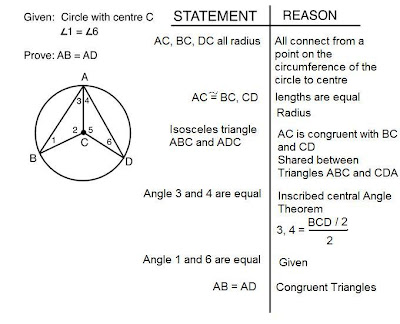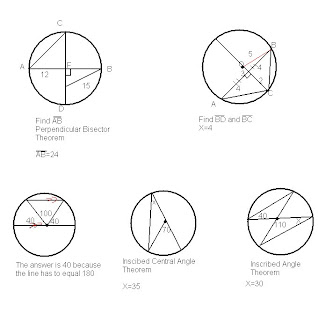Before we went into groups and answer group questions, Mr. K. recalled the sentence that we talked about the other day:
This sentence is false.
This sentence is a Paradox which means it can't be true and false at the same time, but it should be true and false at the same time. A Paradox is one kind of Contradiction that goes round and round.
When we went into our groups, we were given logic questions that we needed to answer. Here's the first question.
On of Isle of View, a knight always tell the truth and a knave always lie. A person who just came met Mr. A and Mr. B. Mr. A said "one of us is a knave". Which one is the knave, and which one is the night?
We need to answer this question by Proof by Contradiction, which means we have to assume the opposite of the statement and prove that it's right. This was how we tackled this question.
First, we choose the Direct Reasoning of the statement, which in this case was
1) Assume Mr. A is a knight. We can then tell that
2) His statement is true, therefore our conclusion is that
3) Mr. B is a knave and Mr. A is a knight.
Using the Indirect Reasoning, we take the opposite statement and check if it leads to contradiction...
1) Assume Mr. A is a knave
2) His statement is false
3) They are both knights
This part of the reasoning leads to a contradiction, which was what we were looking for. Therefore, Mr. A is a knight.
We looked at two more questions that deals with logic, obviously :) It was pretty much straight forward... We do have homework, however that we need to do. It's Exercise 50 all questions.
Next scribe is Charizze
Pre-test on Monday - January 5, 2009
see you all next year...



















